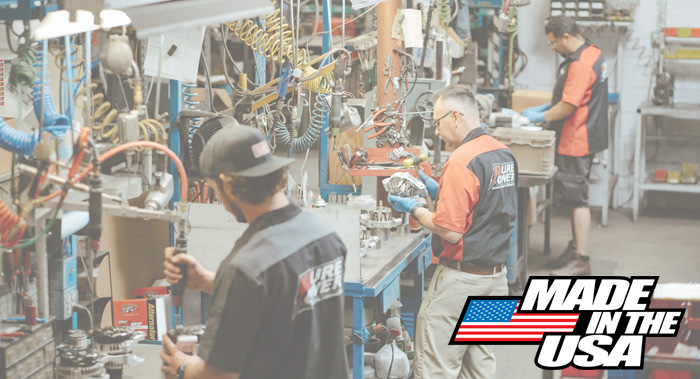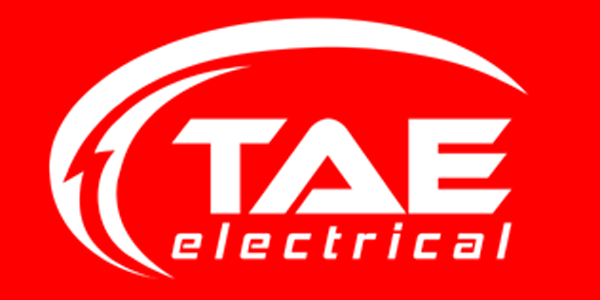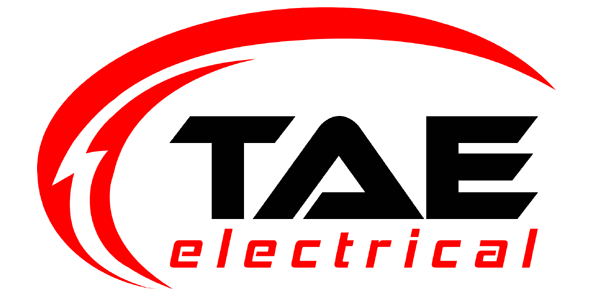How Can you Replace your Car Alternator?
A car that won't start may or may not have a dead battery. It could also be other things: the starter, loose or corroded connections or the alternator.
In very simple terms, the alternator keeps the battery charged and working. Without it, the car cannot run for very long. It can be difficult to determine if a car refusing to start has a battery problem or an alternator problem. It can be both at the same time and often is.
The good news is that replacing the battery is a simple task. Even replacing the alternator isn't that hard. It's a good DIY project, requiring only a few simple tools, patience and a minimal time investment.
It's not unusual for a car to need a new battery and new alternator at the same time, especially if the battery is not new. Since the battery and the alternator work together so closely, this is not surprising. Alternators are rated by their amp output. High output alternators provide more electrical power to the battery.
It's possible to jump start a car with a bad alternator but not a bad battery. A good battery can keep the car running for a while, but without the alternator, it will soon fail. In fact, a car that cannot be jump-started but has tight connections strongly suggests both a bad battery and alternator.
How does the Alternator Work?
The alternator consists of the following components:
- Regulator: This controls the amount of electricity transferred to the battery
- Rectifier: During the battery charging process, the rectifier converts the current from A/C (alternating current) to D/C (direct current)
- Rotor: Acting as a spinning electromagnet, the rotor is connected to a drive belt and pulley
- Slip rings: These act to provide D/C power to the rotor
- Slip ring end bearing: This secures the rotor
- Stator: This looks like an iron ring with wires wound around it. Sitting outside the rotor, it creates a magnetic field from which electricity is created
- Drive end bearing: This supports the rotor shaft
- Pulley: Connected to the engine, rotation from there drives the pulley and operates the alternator
Signs of an Alternator Problem
- Dead battery
- Battery warning light on dash
- Lights may be either too dim or too bright
- Malfunctioning electrical devices and accessories
- A burning electrical odor like burning rubber or wires
- Slow starting
- Stalling
- Whining noise
Replacing your Alternator DIY
This can be a pricey repair at a shop. Expect to pay upwards of several hundred dollars and more. However, being one of simplest auto repairs, replacing an alternator yourself isn't that hard. It only takes about an hour:
- Disconnect the battery. There may one or several wires leading from the battery to the alternator. Be sure to get them all because one of them is hot and will result in grounding if you don't disconnect it, giving you a nasty shock and potentially causing other problems. Take your time with this step and get all the wires removed from the alternator to the battery before moving on.
- Set the battery out of the way. Next, disconnect the wires from the back of the alternator. Be sure to note where each wire goes with either a diagram or a photo or video taken with your phone. You will need this information when installing the new alternator, so be sure it's accurate.
- Remove the belt from its pulley. This is the most difficult step and may require a bit of patience and thought. Every vehicle model is different, but somewhere there is a tensioner pulley. You will need to move this enough to slip off the pulley belt. In some cars, this may require a wrench. In others, it may have a screw or bolt that can be adjusted. Look online for your make and model and find out how to remove the pulley belt.
- Remove the bolts holding the alternator to its bracket. There may be multiple bolts. Take note of the bolt head size. You will need this when you install the new part. Remove the pesky, defective alternator and set it aside. You are half done!
- Before installing the new alternator, examine it carefully. If you ordered the correct part new from a reliable online supplier, there should be no problem. If you purchased it from a junkyard, be sure the part will work for your car and application before installing it. This is just one good reason to purchase the alternator from a reputable auto part supplier.
- The next step is to install the new alternator by reversing the above steps. This is where careful notes and photos will help you, especially if you've never done this repair before. Note: pay special attention to the pulley belt routing, positioning and tensioning. This will be the most difficult step.
Conclusion
Think of this DIY job as paying yourself the difference between the cost of the alternator and what a shop would have charged you for labor. It will easily be several hundred dollars for one or two hours at most of your time! Depending on your driving needs, you may want to consider a high-output alternator model.

NEED HELP? CALL US 1-520-622-7395
FAST SHIPPING
Orders placed by 2pm EAST will be processed same day








